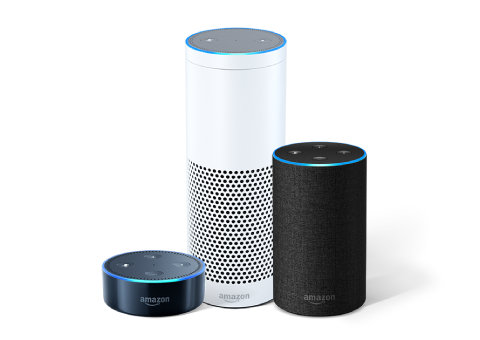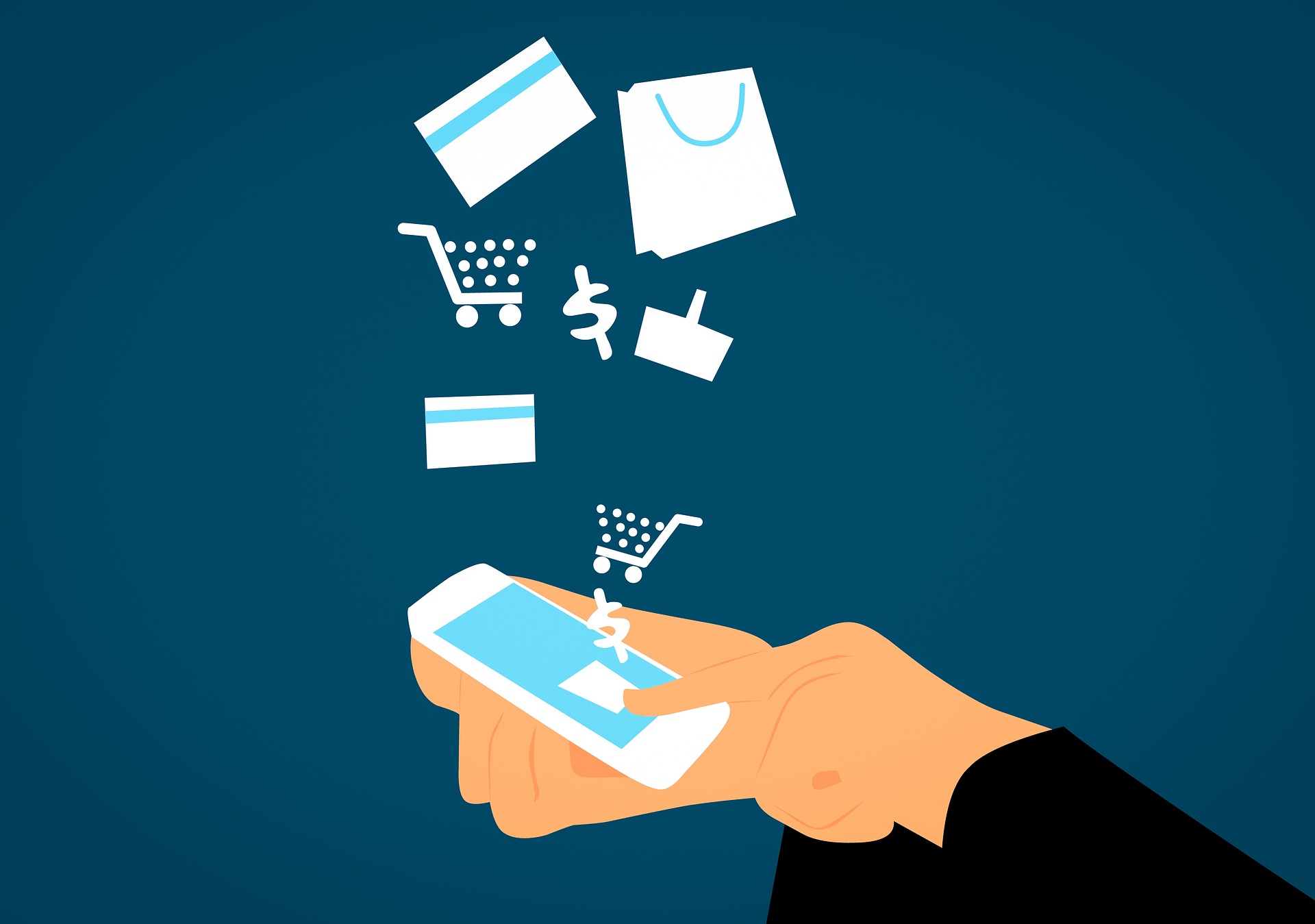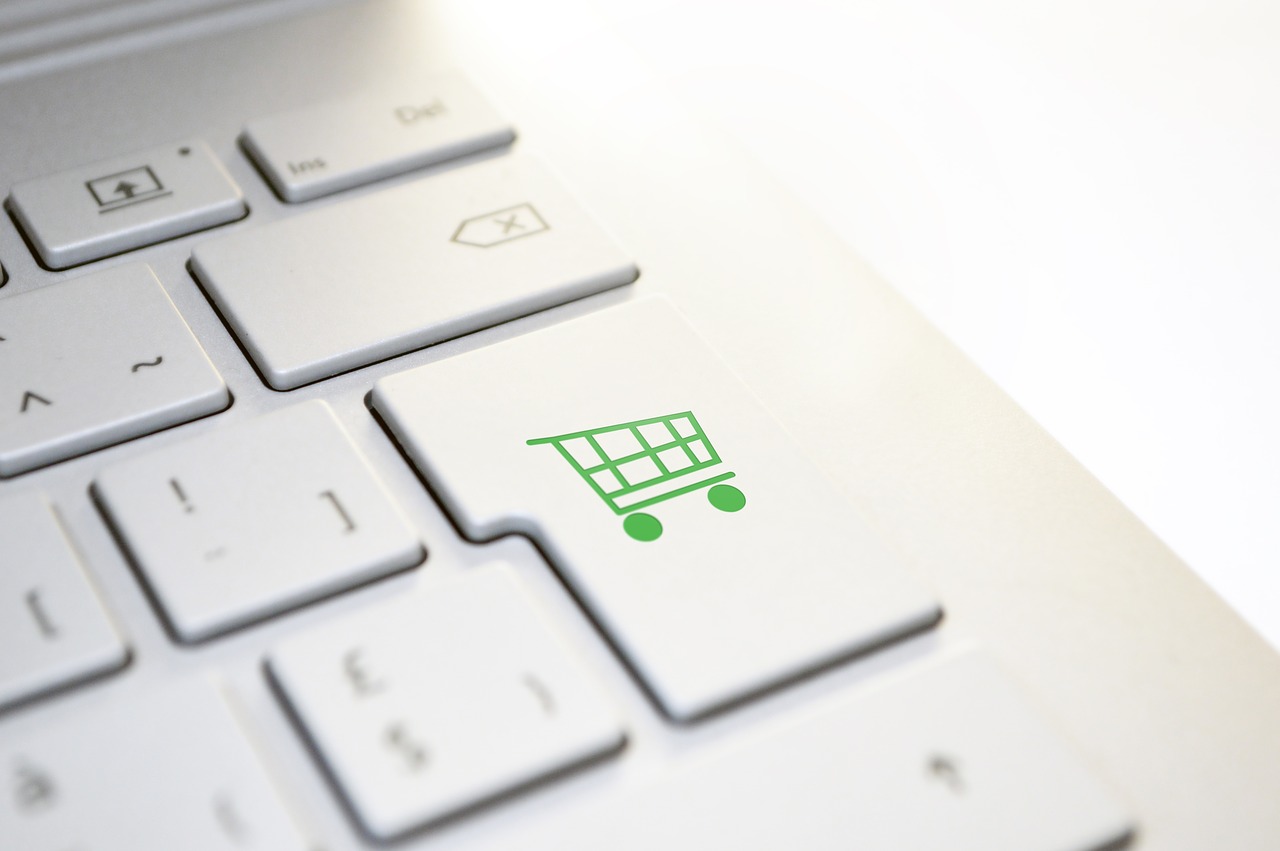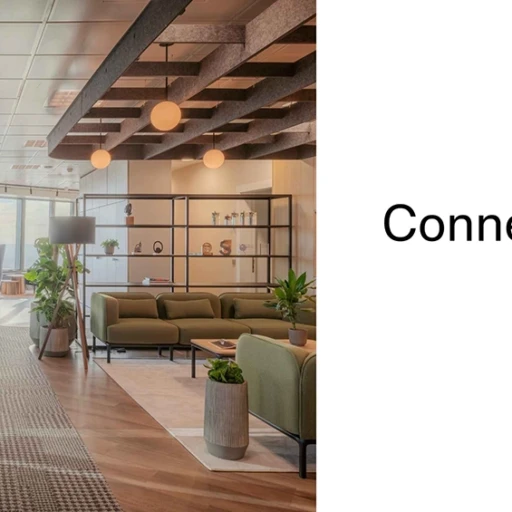No, we didn’t make a typo: a-commerce is here to give traditional e-commerce a boost. Thanks to artificial intelligence, big data, and the Internet of Things, we can forget about our basic purchases and focus on what matters.
What is a-commerce?
A-commerce is mentioned in every marketing and e-commerce report as the biggest trend of 2019. Technological advances related to the Internet of Things, artificial intelligence, and big data make this new type of selling an increasingly common reality.
A-commerce is an advanced type of e-commerce that allows clients to automate their purchases whenever the need arises through intelligent electronic devices, such as virtual assistants or connected appliances. This type of “automated shopping” means we don’t even have to go to an online store, and it can predict future purchases based on your consumer habits.
The keys to a-commerce: programming and prediction
Going without breakfast because you forgot to buy milk is a thing of the past. Your intelligent fridge realised before you did that you were out of milk and bought it for you, so the milk arrived in time for your morning coffee. This is an example of automated purchasing. In addition, with time and all the data that will be stored and handled by artificial intelligence, the marketplace will be able to work out your consumption and send you the milk you need periodically so that you don’t even have to worry about ordering it. Anticipation of your needs is the key to a-commerce.

As you can see, a-commerce is closely linked to the Internet of Things (IoT). Thanks to the IoT, your fridge, or even your rubbish bin, will do the weekly shop for you. And they might even do it better than you do, reducing food waste by buying in order to more closely match your actual food consumption. It might even be healthier for you!
In order to be able to offer a-commerce, companies must make recurring purchases of a product or service available. These purchases must be able to be automated, explains Pablo Renaud, CEO of Ebolution. The second step is implementing the right technology and channel for automation, so that retailers are supported by big platforms like Google, Amazon, and Apple.
Pioneers: always have ink in your printer
This is something that printer companies have been doing for years thanks to connected devices. Your printer controls its ink levels and orders cartridges before it runs out. That’s what HP does with its Instant Ink system, and it also takes care of recycling the old cartridge, too.
In the absence of intelligent devices, some initiatives are following the same philosophy by using a subscription system that allows you to program purchases of basic products. In this case, the consumer must go to a webpage and choose the quantity and delivery interval of the product they want to order, be it socks, razors, or feminine hygiene products. Once they’ve subscribed, a package will arrive at their house regularly and they won’t have to think about buying those products ever again, nor will they ever have to worry about running out of them.
The trend will continue to grow thanks to the increasing popularity of virtual assistants, with devices such as Amazon Echo and Google Home that not only listen to our shopping list, but also give us suggestions about what to buy.

What are the advantages of a-commerce?
Improve your buying experience: knowing the client better through the information they receive about the consumer allows brands to maximize personalization. A piece of information about the client will not just be used for their e-commerce purchases, but also in physical stores. It’s a step closer to omnichannel retail.
Client loyalty: a satisfied client that receives something they need before they even need it will become a loyal client.
Increased sales: brands will know what we need and when we need it, and that allows them to anticipate our wants and in turn improve their sales figures with recurring profits thanks to automated purchases. This won’t even require any effort on their part, since the purchases are automated.
Profitability and efficiency: some marking experts believe that process automation practices, which optimize warehouse management or improve delivery routes using artificial intelligence, can be seen as part of a-commerce.
Optimizing new products: information that has been collected allows brands to improve the design of their new products to match the wants of their customers.
Buying without realizing
One of the main criticisms of this new model for consuming is that it reinforces consumerism. For its detractors, this technology makes us buy almost without realizing it, or without thinking.
However, some of the champions of automated purchases say that it allows us to forget about “irrelevant daily purchases.” “Our fridge will choose the supermarket for the weekly shop; our car will choose its own mechanic and will take itself to be fixed; and our virtual assistant will remember to buy our husband or wife flowers on a specified date,” says Renaud. And while a-commerce takes care of our needs, we will be able to spend time thinking about more relevant purchases, because we are becoming more and more conscious of the environmental impact of our consumption.






